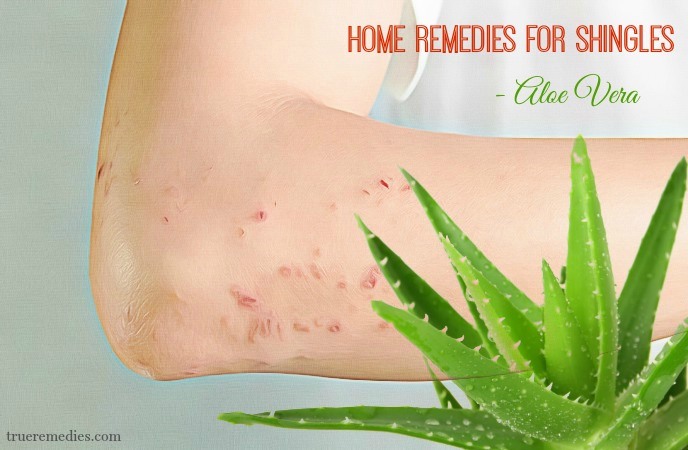Table of Content
When an allergy makes you sneeze or gives you a runny nose, the same problem occurs. One big cause of itchy skin is a change in the weather, particularly as we shift to winter and the warm, humid air of summer makes way for cooler, drier air. A pimple without a pus-filled head may heal in two days to a week. The pus-filled pimples may take longer to heal – about a week and a half.

However, many people experience this, and in most cases, minor irritation and dry skin cause the problem. This is the most soothing rash remedy of all as the coldness of the ice helps in reducing irritation caused by rashes. Try and opt for products that are suited to your skin and have ingredients like glycerine or hyaluronic acid.
Home Remedies for Skin Rashes
If you have recurrent contact dermatitis, you may need to identify what’s triggering it around your nose. Finding out the substance that affects you, and avoiding it, is the key to keeping it from flaring up again. Allergic contact dermatitis is caused by direct contact with an allergen. Every time you come into contact with the inside of your nostril, you’re exposing your delicate mucous membrane to germs from your fingernails. Natural hacks to help heal the delicate skin and nourish it back to health. The skin is getting drier and the problem seems to worsen.
Keep it for about ½ an hour, and then rinse it off with water. When you apply ice or cold water to a rash, it can help reduce swelling and inflammation and can stop itching almost immediately. For rashes that cover more of the body or that affect an area that is difficult to cover with an ice pack, a cool bath or shower may provide relief. Lavender oil soothes irritation and improves circulation in the affected area . Castor oil and coconut oil reduce inflammation and swelling in the affected area.
Can home remedies actually work?
The change is short-lived, and the nose returns to its normal color within a few minutes or hours. Allergies can cause the nose to look red in several ways. Hay fever, dust allergies, and pet allergies may cause sneezing and a runny nose. Rhinophyma is a side effect of untreated rosacea that causes the oil-producing glands of the nose to thicken. This response can change the shape of the nose, making it look bumpy and hard.

Use a soothing, hypoallergenic moisturizer or aloe vera gel to get rid of some of the redness. When you’re treating redness around your nose, be careful not to irritate the area further. If you can go makeup-free for a day or two, you’ll avoid irritating the redness further and help symptoms dissipate. This is to prevent windburn, where the cold air can cause the skin around the nose and mouth to dry out. If you live in a place where the humidity is low and the air is dry, keep a humidifier at home. It will keep the air inside moist which will help reduce symptoms of cold or allergies and prevent your sinuses from drying out.
Improve Thyroid Health
Dermatologist Shilpi Khetarpal, MD, gives us the low-down on what might be causing your itchy skin and how you can treat it. StyleCraze provides content of general nature that is designed for informational purposes only. The content is not intended to be a substitute for professional medical advice, diagnosis, or treatment.

It’s composed mostly of mono-unsaturated fatty acids and contains polyphenols, tocopherols, sterols, squalene, and triterpene alcohols. It also promotes softening and helps delivery of topical drugs. This oil is known to reduce inflammation and help in wound healing. It contains oleic acid and smaller amounts of other fatty acids, plus 200 different chemical compounds.
Use a moisturiser for dry skin ; apply it after you wash your face, while the skin is still damp. It will protect your skin’s natural moisture from drying out. Lemon possesses astringent and antimicrobial properties. It may help in preventing skin infections like acne . This may help in reducing the inflammation inside the nose. Treatments for dry skin may include oatmeal products, steroid creams, and eczema moisturizers such as E45.
Eliminating these triggers can reduce the severity and frequency of redness. Treatment for a red nose depends on the cause of the redness. It is important to understand whether the issue is with the skin or with the blood vessels. If the problem is with the blood vessels or caused by a chronic illness, creams and topical medications applied to the skin will not work.
Occasionally, the infection may progress and require an oral antibiotic prescription from a doctor. Many times, this happens when you’re dealing with another condition, like a cold or the flu, that draws you into contact with your nose more often than usual. Skin irritation can be the temporary result of rubbing or scratching your skin.
If you’re suffering from a cough, it can be frustrating and painful. You’re willing to do just about anything to find relief. Fortunately, there are plenty of natural cough suppressants that you can try right now in... When the rashes are really itchy along with a burning sensation, this remedy works great. The rashes appear in the form of fluid-filled blisters. Beat 3 egg whites and mix some corn flour to form a paste.

No comments:
Post a Comment